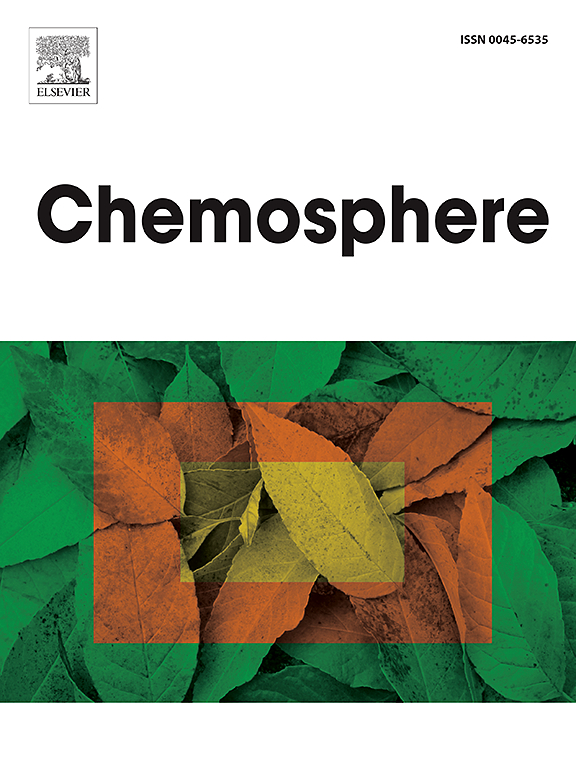Recent occurrence of pharmaceuticals in freshwater, emerging treatment technologies, and future considerations: A review
IF 8.1
2区 环境科学与生态学
Q1 ENVIRONMENTAL SCIENCES
引用次数: 0
Abstract
Pharmaceuticals represent an emerging class of pollutants raising significant environmental health concerns, with their presence in freshwater systems linked to adverse aquatic ecosystem impacts and acceleration of antibiotic resistance development. This narrative review examines recent (2019–2024) pharmaceutical occurrences in freshwater globally, analyzes contamination pathways, evaluates compound-specific degradability, and assesses treatment technologies.
Analysis revealed significant pharmaceutical contamination in freshwater sources across the six major continents, primarily entering through wastewater treatment plant effluents, groundwater recharge processes, and inadequate sanitation infrastructure/septic systems. Stark geographical disparities were observed, with regions lacking centralized treatment infrastructure showing multiple-fold higher concentrations, particularly in Africa and Latin America (exemplified by amoxicillin levels reaching 272,156 ng/L in Lagos, Nigeria). Pharmaceutical profiles reflected local healthcare patterns, with antimalarials and antiretrovirals prevalent in endemic regions. Globally prevalent compounds included caffeine, acetaminophen, ibuprofen, carbamazepine, sulfamethoxazole, amoxicillin, and diclofenac. While some compounds like caffeine showed relatively good removal in conventional treatment systems, their high usage rates overwhelmed treatment capacity. Others, particularly carbamazepine, demonstrated high recalcitrance to conventional treatment methods. Advanced oxidation processes and membrane technologies showed high removal efficiencies, while biochar-based systems emerged as promising, cost-effective alternatives using locally available resources.
The findings underscore the need for both centralized and decentralized treatment approaches. Point-of-use technologies emerge as crucial immediate interventions for regions with inadequate infrastructure, while advanced technologies show promise for large-scale applications. The review emphasizes that municipalities should conduct systematic screening to identify locally prevalent pharmaceuticals, as treatment requirements vary significantly with local usage patterns, making a one-size-fits-all approach ineffective.

求助全文
约1分钟内获得全文
求助全文
来源期刊

Chemosphere
环境科学-环境科学
CiteScore
15.80
自引率
8.00%
发文量
4975
审稿时长
3.4 months
期刊介绍:
Chemosphere, being an international multidisciplinary journal, is dedicated to publishing original communications and review articles on chemicals in the environment. The scope covers a wide range of topics, including the identification, quantification, behavior, fate, toxicology, treatment, and remediation of chemicals in the bio-, hydro-, litho-, and atmosphere, ensuring the broad dissemination of research in this field.
 求助内容:
求助内容: 应助结果提醒方式:
应助结果提醒方式:


